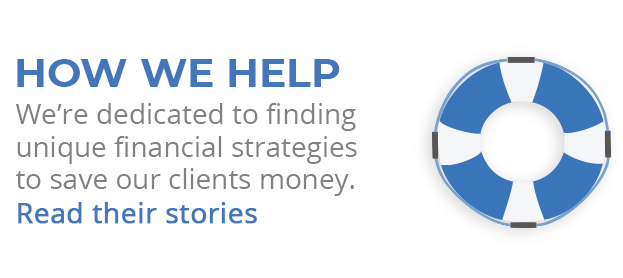
Why your 10% return is bad and why your -5% return is great
If you finish a game of bowling, you can see your score. After you take the SAT, you see how you did. If you invest, you can see what return you got. Simple.
But it’s not quite that simple.
If I told you I just shot an 85 but that I’ve never played a round of golf in my life, what would you think? If you know anything about golf, and I know very little, a score of 85 is considered good. You’d probably think I was a natural and some kind of golf prodigy. You might even call me the next Tiger Woods.
Speaking of Tiger, if he shot an 85, what would we think? Well, we don’t have to imagine. He shot an 85 and it was nearly a CNN breaking news story. The media was all over this saying it was the “worst round of his PGA tour career.”
In short, my 85 would be exalted, but his was ridiculed. Same score, completely different interpretations.
So let’s bring this back to investing because this is a fair question, “How did I do?”
The question, though, is not complete. How did you do? “Compared to what?” is the only legitimate answer.
The real question should be, “How did I do compared to other investments or portfolios like mine?”
Now that is meaningful. How is an 85 in golf? Meaningless. How is an 85 in golf for a beginner? For a pro? Now that is meaningful.
So how can you compare how you did with others?
This is where you can look at indexes. Remember, those are baskets of investments that track a particular asset class. For example, the S&P 500 index is one of the most popular indexes and it tracks how well large companies in the U.S. do. But there are also indexes for bonds, energy companies, small companies, international companies, etc. There is an index for everything, so you can compare your portfolio against an index.
And this is why you can be upset with a positive 10% return but thrilled with losing 5%.
Back in 2008, the stock market did poorly. It was down over 30%. If you looked at the performance of your portfolio for 2008 and you were down 5%, you’d be thrilled. You’d throw yourself a party. You were down only 5%, but the overall stock market was down over 30%. That’s pretty darn good.
But fast forward a couple of years to 2013. You’re looking at your portfolio and you got a 10% return. You think about throwing yourself a party, but “compared to what” is lingering in your head, so you look at what the stock market did overall. Turns out, it was up just about 30%. Hmm. Suddenly you don’t feel in a party mood.
“Compared to what?” is key. Always come back to “compared to what?”
If you see an ad for a mutual fund and they report, “Our fund was up 50% last year,” what question are you going to ask? Okay, but compared to what? If they invested in small Indian biotech companies focused on cancer cures, then let’s see how the index for small Indian companies focused on cancer cures did last year. Up 100%? Then this fund underperformed. Up 10%? Then this fund is awesome!
I’m being a bit facetious, but you get the point. Compared to what? Always come back to “compared to what?”
A discerning investing student may be thinking, “This makes sense, but if my portfolio is invested in stocks, bonds, energy, and other asset classes, does it really make sense to compare it to just how the stock market did?”
So, let me address it. If I ask you to compare a steak from Denny’s to a steak from Morton’s, that’s not really a fair comparison. The Denny’s steak should be compared to Carrows and Coco’s. The Morton’s steak should be compared to Ruth’s Chris and Capital Grille. You have to compare apples to apples.
If you are a conservative investor with half your portfolio in bonds and the other half in stocks, it’s not really fair to compare your performance with just stocks or with just bonds. You’d want to see how your stocks did against a stock index and how your bonds did against a bond index. This will give you a much better idea of how you did compared to similar investments.
Remember, always come back to “compared to what?” to really figure out how you did.
The proceeding blog post is an excerpt from Get Money Smart: Simple Lessons to Kickstart Your Financial Confidence & Grow Your Wealth, available now on Amazon.


About the Independent Financial Advisor
Robert Pagliarini, PhD, CFP®, EA has helped clients across the United States manage, grow, and preserve their wealth for the past 25 years. His goal is to provide comprehensive financial, investment, and tax advice in a way that was honest and ethical. In addition, he is a CFP® Board Ambassador, one of only 50 in the country, and a real fiduciary. In his spare time, he writes personal finance books, finance articles for Forbes and develops email and video financial courses to help educate others. With decades of experience as a financial advisor, the media often calls on him for his expertise. Contact Robert today to learn more about his financial planning services.










